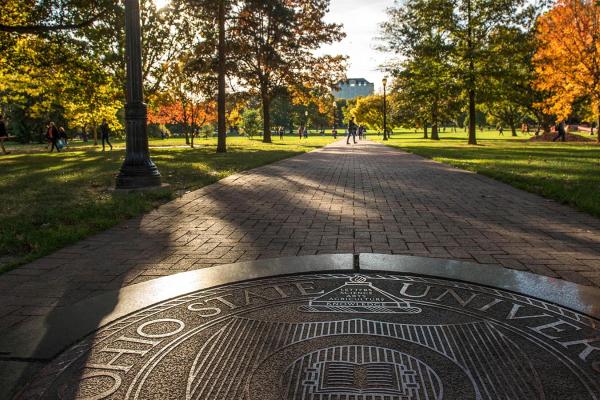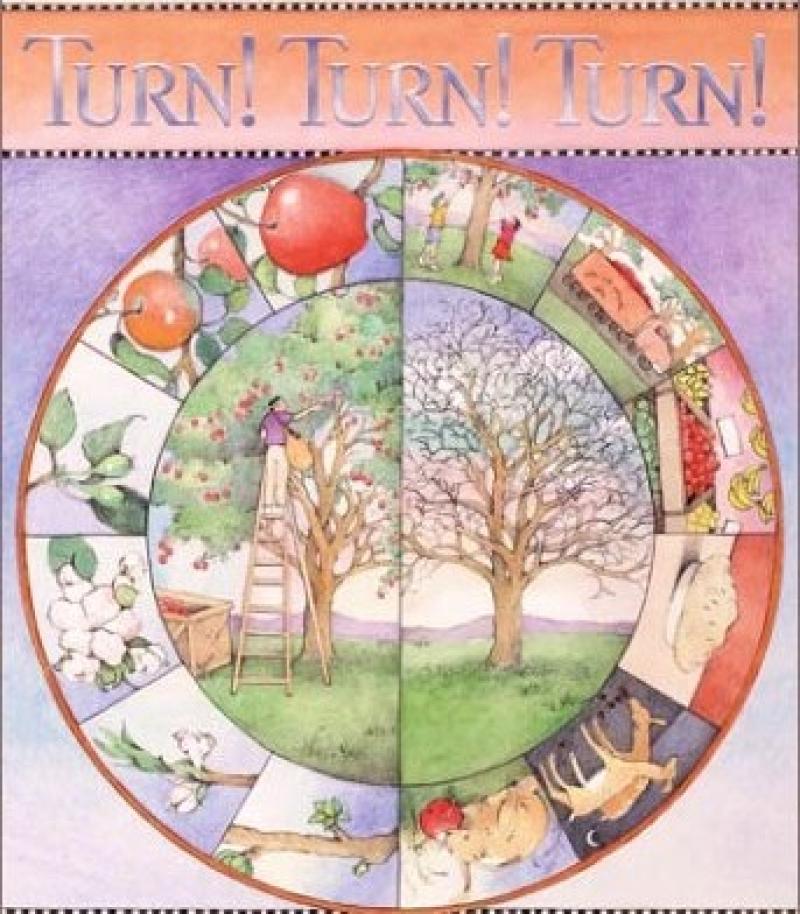Advantages of Rotating – Wait; what is that?

There are many terms in life that we may hear from time to time but only vaguely have a true idea of what they mean. Filibuster, diode, aileron, poppycock – you may not know what they mean but in the long run, it won’t hurt you. Now as for words like candidacy, fellowship, and rotations, these are terms that every grad student ought to know.
As a grad school interviewee just a year ago, I had no concrete understanding of many of these terms – especially due to the fact that at different institutions the ways in which these concepts are carried out can vary. As for this passage, I will hope to inform you of exactly what ‘rotations’ are and how Ohio State’s Translational Plant Sciences Graduate Program conducts them.
A ‘rotation’ is essentially a trial period in a research lab setting in which both you and the lab determine if a longer term relationship is a fit for both parties. Think of it as an on the job working interview. These rotations typically last anywhere from 7-10 weeks here in TPS, but are flexible to meet your needs within the program. Not only do you get the opportunity to feel out the lab space, figure out what equipment they have access to, meet the other lab members on a more personal level, and determine the general lab ‘vibe’, you will most importantly find out if you like the research projects being undertaken in the lab. Also important are the details you will be able to parse from between the lines during your time in the lab such as the demeanor by which lab work is conducted (Is it stressful? Overly competitive? Excessive hours in the lab?) and the mentoring style and personal connection between yourself and the advisor. Every individual is different and necessitates a different mentoring style on a range from ‘hands off’ to ‘hands on’ and this is the perfect time to determine it. Ranging from meetings once every other week at one extreme to meetings every other day at the other end respectively, you will likely find that informal run-ins with your PI occur regularly in both settings which means that ‘hands off’ mentoring in reality only means that formal meetings occur once a week but help is still regularly available. All of these points, in my opinion, are highly important aspects in determining your long-term success and happiness in the lab and rotations allow you, the student, the opportunity to feel it out in ways an interview simply cannot.
This is not entirely a one way street however. The lab is also feeling out you, the student, to determine if you will be a solid match for the projects in the lab. They will look at such characteristics as how well you work with the rest of the lab in both social and work-related capacities, your enthusiasm for the project, time-management, and communications skills. Labs also tend to lend a keen eye to such traits as your intellect and knowledge base, aptitude to learn new concepts, and yes, how many times you mess up, but more importantly, if you learn from messing up! It is important to bear in mind that each lab, college, and institution is defined by different balances of which traits they wish to see embodied in their lab members, including some not mentioned here(!), so it may be wise to consider inquiring as per the traits they wish to realize in their members before rotating to determine if the setting matches your perceived skill set.
Some institutions undertake rotations differently. As per TPS specifically, the program requires at least two rotations, and allows for up to three. In contrast, some institutions may only offer ‘direct admits (admissions)’ meaning that a student must know exactly who they will be working under prior to applying, bypassing rotations. This method is thought to prevent way-ward students from floating around from lab to lab, not certain of their end destination, which results in semi-disinterested final decisions and downstream dissertation work. While this phenomenon is indeed possible, TPS students are highly sought after individuals who, by nature of the program in other regards, must be highly self-motivated. This ‘way-ward student’ outcome is almost unimaginable with the TPS program. In addition, monetary support during rotations is also a factor worth considering by administration at all institutions. Fortunately, TPS students’ stipends are fully covered for up to five years in the program. TPS also allows for the selection of your own time frames for rotations whereas in other programs the periods are highly prescribed. I am currently completing 3 rotations in a semester and a half as opposed to 3 in one semester and believe this is a allowing me to conduct much more impactful rotation work to such an extent that it will likely become published!

Written by TPS Fellow Cullen Dixon
Seeger, P., & Halperin, W. A. (2003). Turn! Turn! Turn! (Book and Cd). New York: Simon & Schuster Books for Young Readers. doi: 9780689852350
